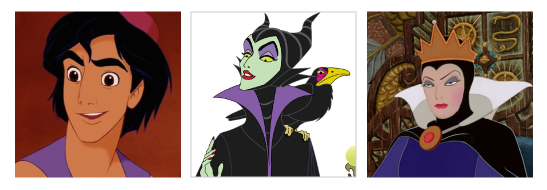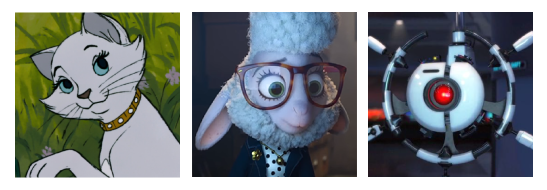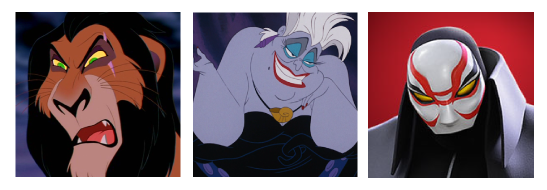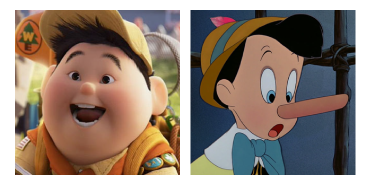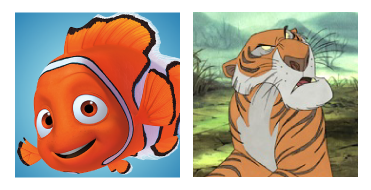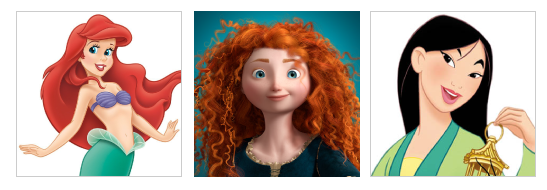Disney heroes and villains colors

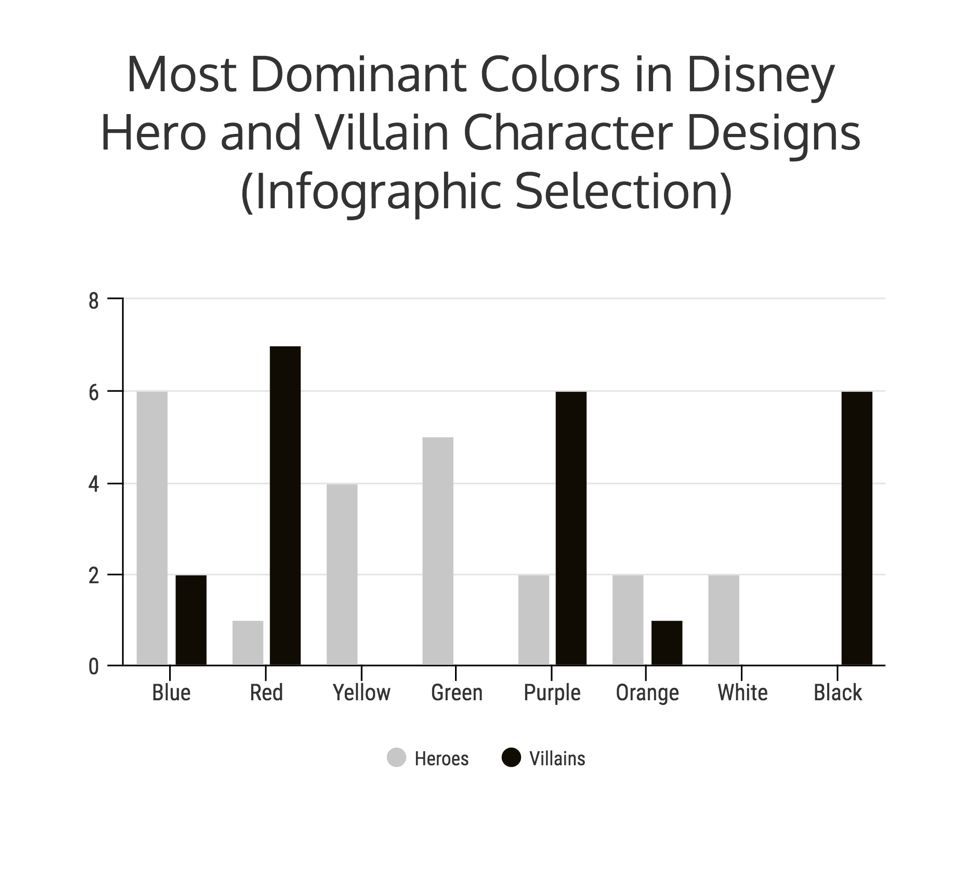
What helps us to perceive a character as good or evil even before he speaks or shows his nature? Most likely the design and the color as well.
Think about it, because multipliers (as well as designers and marketers) often use color to denote a character. If he is bad, he will wear a black hat, if he is good, he will wear a white coat, etc. This technique is built on the psychology of color, because our perception largely depends on the cultural environment, which imposes a stereotype on us. In the end, when you draw an image of a villain in your head, he is not wearing a pink tights.
A study was conducted that established the connection between the prevailing color in character design and how “good” or “evil” they are. After analyzing more than forty Disney characters, it turned out that the design of the villains is dominated by dark colors: black and purple, and the characters are dominated by bright, rich yellow and orange.
Purple. One of the most villainous colors. Associated with power, nobility, luxury and ambition. Characters striving for power in one form or another: Maleficent from Sleeping Beauty, Dr. Fasillier from Princess and Frog, Evil Queen from Snow White and the Seven Dwarfs. Interestingly, this color is also present in the design of some hero characters, like Aladdin, which clearly indicates his ambitions.
White. Despite the fact that most of us unwittingly associate white with something kindly light, in Disney cartoons it is found in very different characters. Take, for example, Miss Barashkis from Zeropolis: because of the white color, she is initially perceived as a positive character, but in fact she is a wolf in sheep's clothing. Or, for example, Auto from WALL-E: in the cartoon he is shown as a villain, but in fact he has no moral at all.
Black. It so happened that this is the color of the villains. But if Scar and Ursula is a 100% concentrated evil, then Yokai from the City of Legends is a much more complex character who can still atone for sins — it is actually displayed with white mask on the background of a completely black suit.
Red. This color is equally found in both villains and heroes; heroes cannot live without a scarlet cloak.
Blue. In most cases, blue is the color of goodies. But, it is found in the design of some evil (Elsa from the Cold Heart) or characters like Stitch, who are on the verge between good and evil.
Yellow. The color of good and positive: Pocahontas and Winnie the Pooh. Try to remember at least one evil character painted in this color? The only exception is Pinocchio, who has a habit of lying.
Orange. Bright, rich orange is one of the most popular colors in Disney cartoons. Mostly predominantly in positive characters, with the exception of Sher Khan. But, in this case, it is impossible to ascribe any meaning of the color because what to take from it if he's a tiger!
Green. Green is the color of heroes who struggle with circumstances or with themselves. As an example, Mulan, who grew out of a princess into a fearless warrior, or Ariel, a young mermaid, who left the ocean for the life she had long dreamed of.
Each color has its own «energy», so the multipliers carefully select colors for their characters. They do everything to convey their character as best as possible. There are a lot of articles about color characters meaning, but it is necessary to admit that the one color can have several meanings. Sometimes completely opposite.
